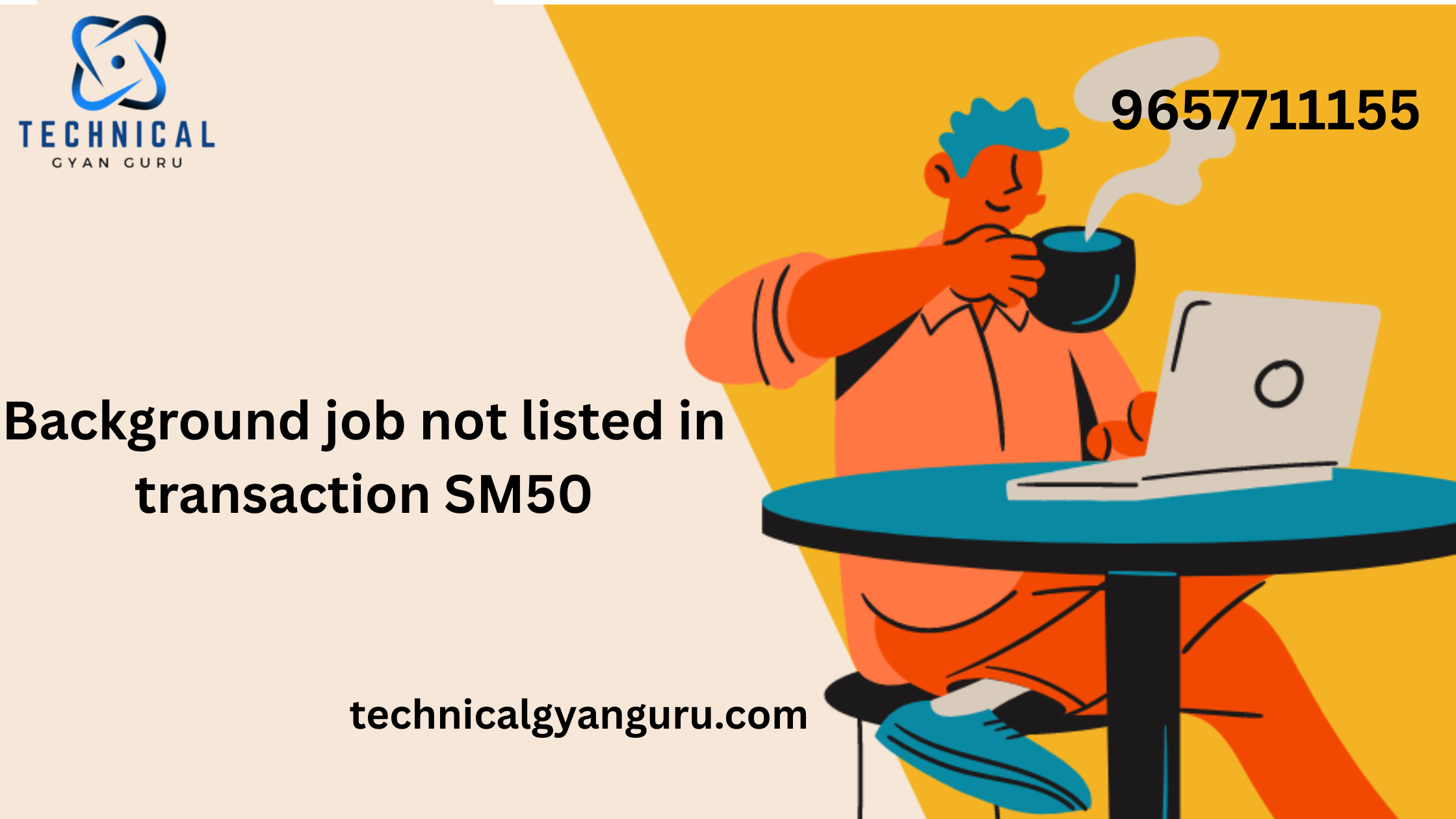
Introduction: SAP Integration with Blockchain
SAP Integration with Blockchain: In the ever-evolving landscape of enterprise technology, the integration of traditional ERP systems with emerging technologies is key to staying ahead. SAP’s foray into blockchain integration marks a significant step towards enhancing transparency, traceability, and security in business processes. In this technical blog, we’ll delve into the intricacies of SAP integration with blockchain, exploring the technical aspects, benefits, and use cases that are reshaping the future of enterprise systems.
1. Understanding SAP Integration with Blockchain:
Definition: SAP integration with blockchain involves connecting SAP ERP systems with blockchain networks, facilitating secure, decentralized, and transparent data transactions.
Core Objective: Leverage the immutability and distributed nature of blockchain to enhance the trustworthiness and efficiency of business processes within the SAP environment.
2. Key Components of SAP Integration with Blockchain:
- SAP Cloud Platform Blockchain Service:
- SAP provides a dedicated cloud-based service for blockchain integration. This service allows users to build, deploy, and manage blockchain applications seamlessly.
- Smart Contracts:
- Integration enables the execution of smart contracts within SAP applications, automating and enforcing business rules directly on the blockchain.
- Decentralized Data Storage:
- Blockchain’s distributed ledger serves as a decentralized data store, ensuring data integrity and preventing tampering.
- Cryptographic Security:
- Integration ensures cryptographic security mechanisms, securing data in transit and at rest through encryption and digital signatures.
3. Technical Implementation:
- APIs and Connectors:
- SAP provides APIs and connectors that facilitate seamless communication between SAP ERP systems and blockchain networks.
- Data Mapping and Consensus Mechanisms:
- Implement data mapping strategies to align SAP data structures with the blockchain format. Consensus mechanisms ensure agreement on the validity of transactions across the network.
- Event-Driven Integration:
- Employ event-driven integration to trigger blockchain transactions based on specific events within the SAP system, ensuring real-time updates.
- Identity and Access Management:
- Integrate robust identity and access management mechanisms to control user access to blockchain transactions and data.
4. Benefits of SAP Integration with Blockchain:
- Enhanced Trust and Transparency:
- Blockchain’s decentralized and transparent nature enhances trust among stakeholders by providing an immutable and auditable record of transactions.
- Reduced Fraud and Errors:
- The tamper-resistant nature of blockchain significantly reduces the risk of fraud and errors in data transactions.
- Streamlined Processes:
- Integration optimizes and automates processes, reducing the need for intermediaries and manual interventions.
- Real-Time Visibility:
- Users gain real-time visibility into transactions across the supply chain, ensuring timely decision-making.
5. Use Cases and Scenarios:
- Supply Chain Management:
- SAP integration with blockchain enhances traceability in the supply chain by recording every transaction and movement of goods on an immutable ledger.
- Provenance Tracking:
- For industries such as food and pharmaceuticals, integration ensures provenance tracking, allowing consumers to verify the origin and authenticity of products.
- Cross-Border Payments:
- Facilitates secure and transparent cross-border payments by recording and validating transactions on a blockchain network.
6. Challenges and Considerations:
- Integration Complexity:
- Integrating SAP with blockchain requires expertise in both technologies, posing a challenge for organizations with limited technical resources.
- Scalability:
- Ensuring scalability to handle a large number of transactions within the blockchain network may require careful planning and optimization.
- Regulatory Compliance:
- Organizations need to navigate evolving regulatory frameworks related to blockchain technology, especially in industries with strict compliance requirements.
Conclusion:
SAP integration with blockchain signifies a groundbreaking convergence of traditional ERP systems with the decentralized, secure, and transparent capabilities of blockchain technology. The technical implementation, leveraging APIs, smart contracts, and decentralized data storage, ensures a seamless connection between SAP and blockchain networks. The benefits, including enhanced trust, reduced fraud, streamlined processes, and real-time visibility, position SAP integration with blockchain as a transformative force in the digital enterprise. As organizations explore the possibilities of this integration, the challenges and considerations must be addressed, paving the way for a future where ERP and blockchain seamlessly coexist, driving innovation and efficiency in tandem.







